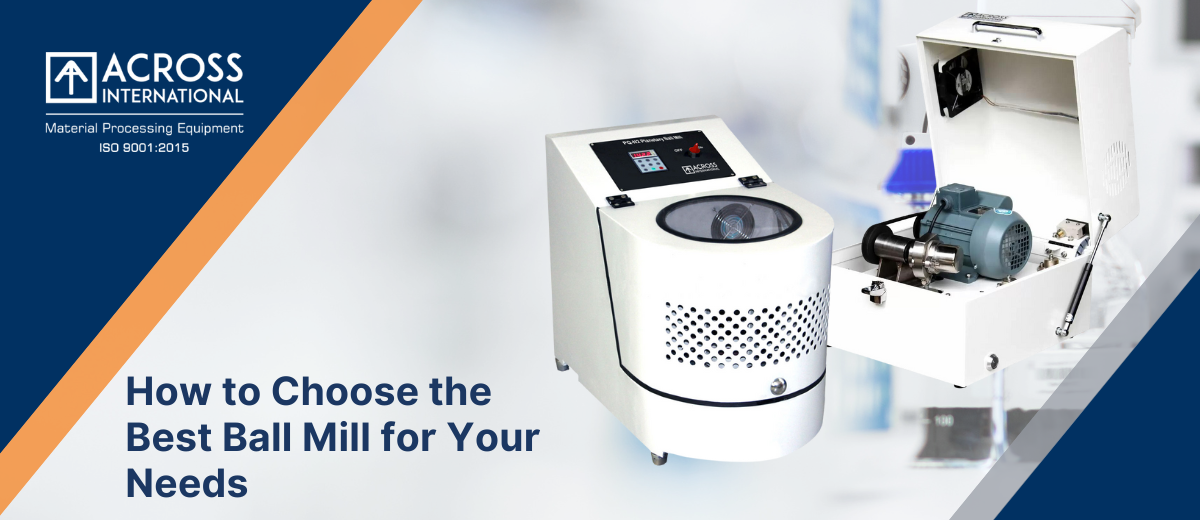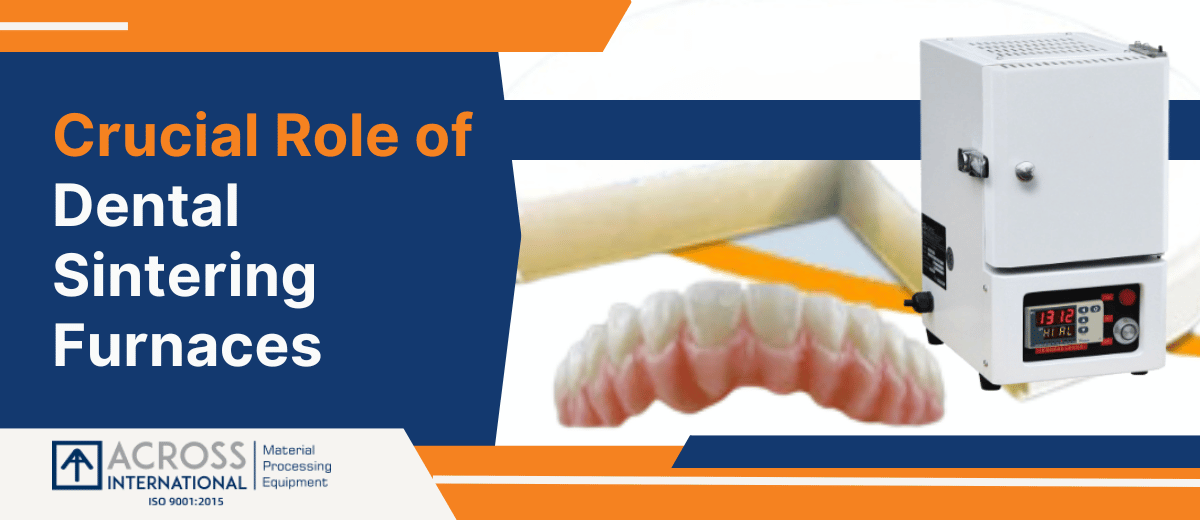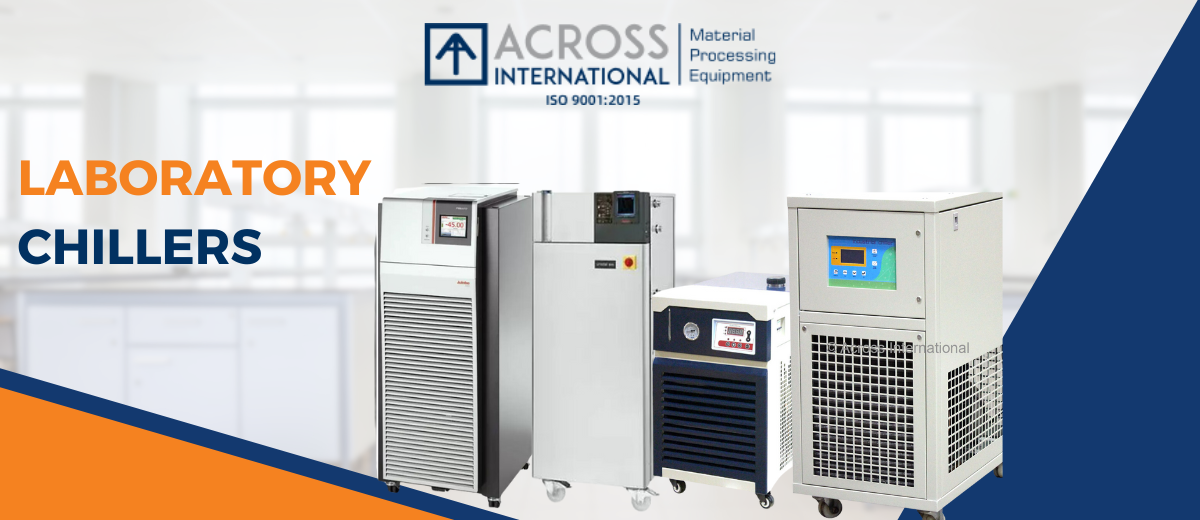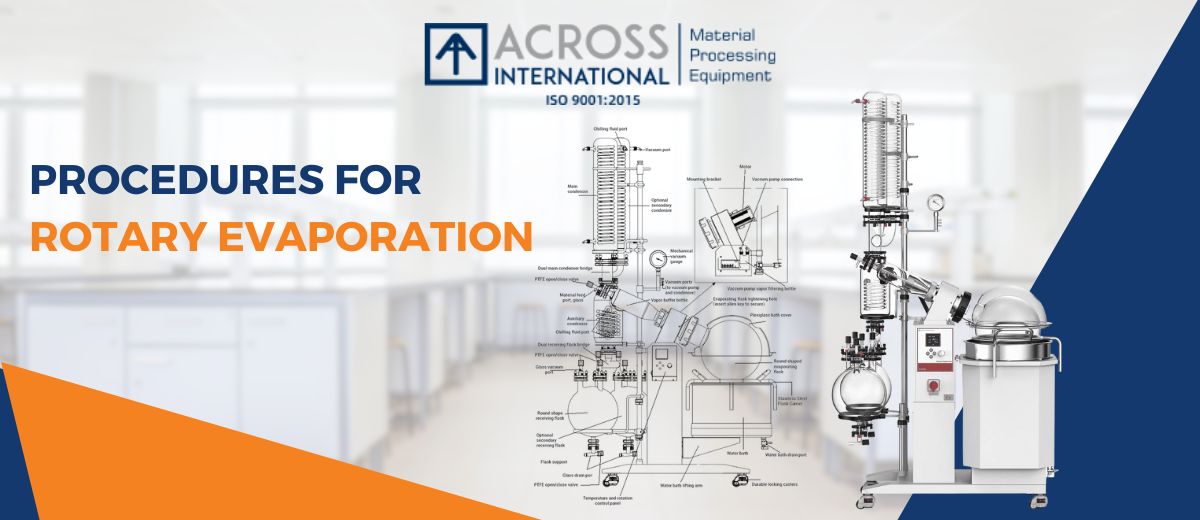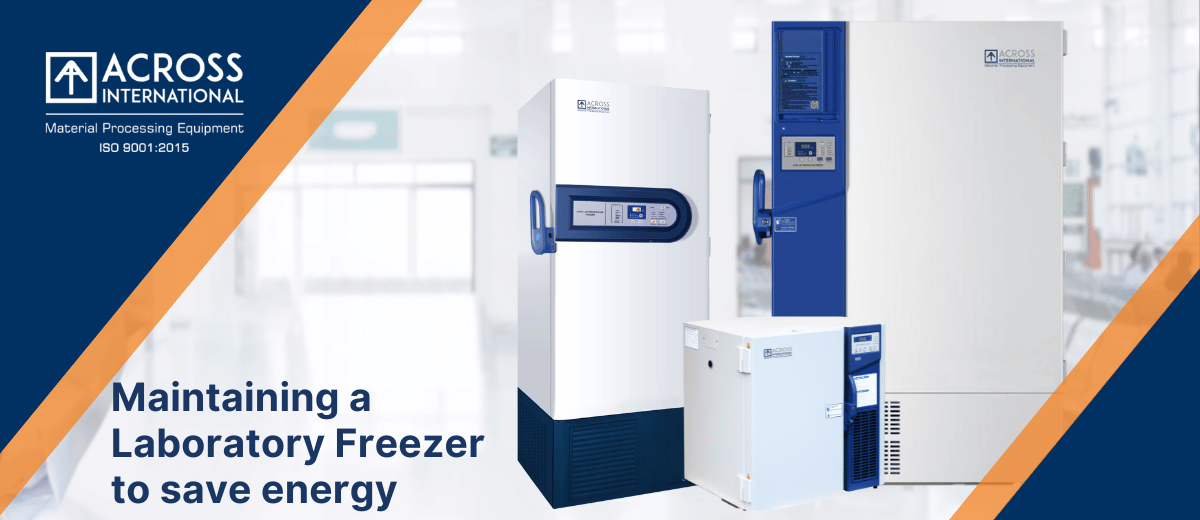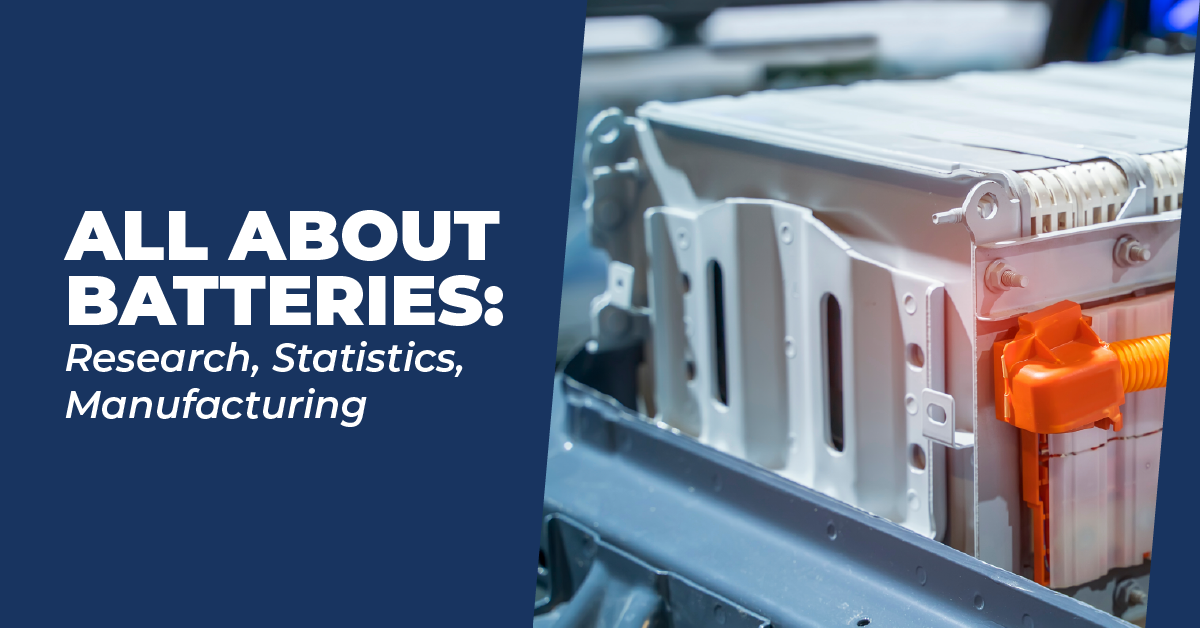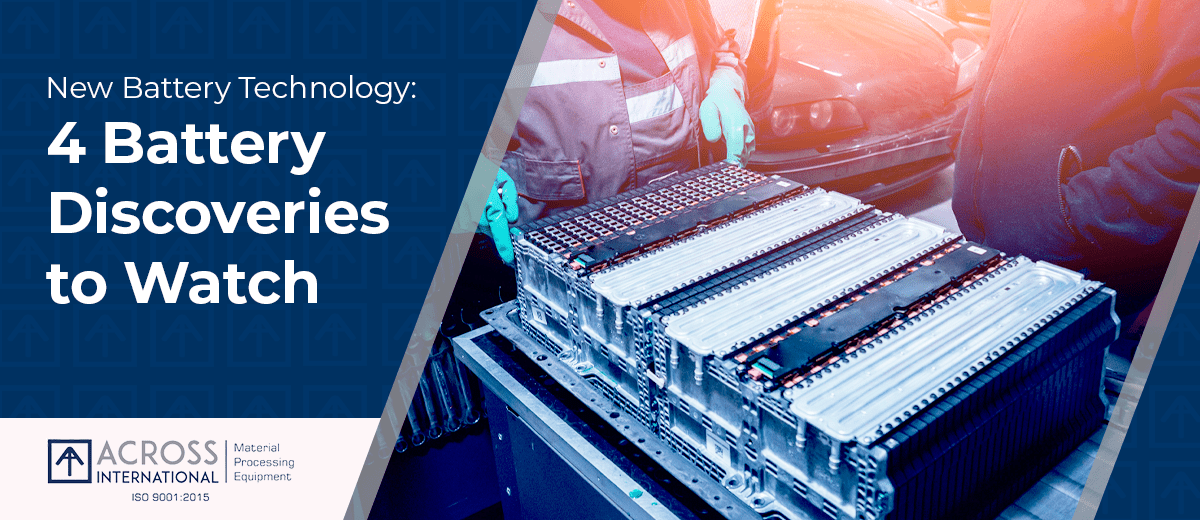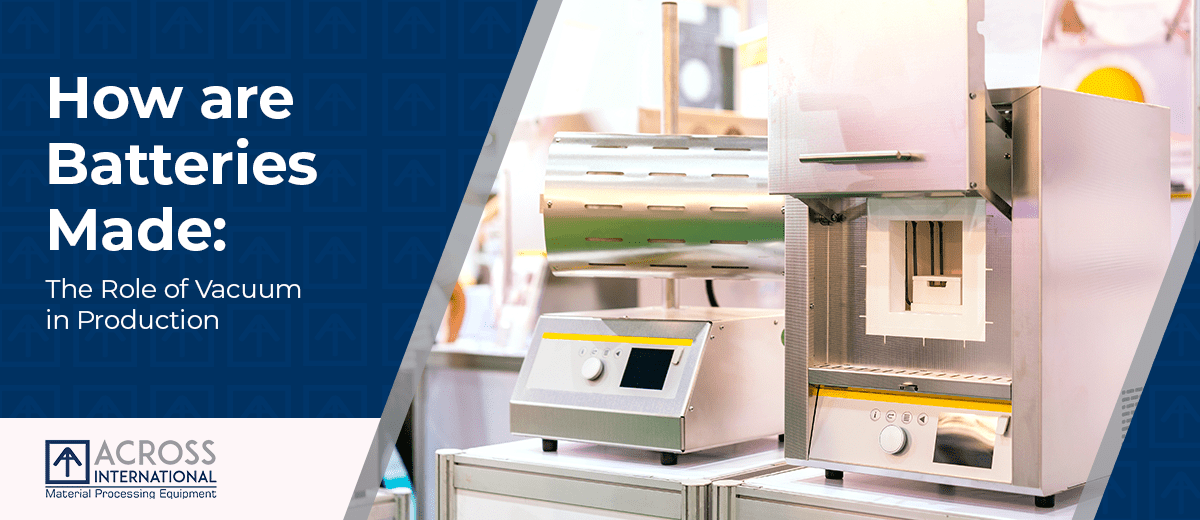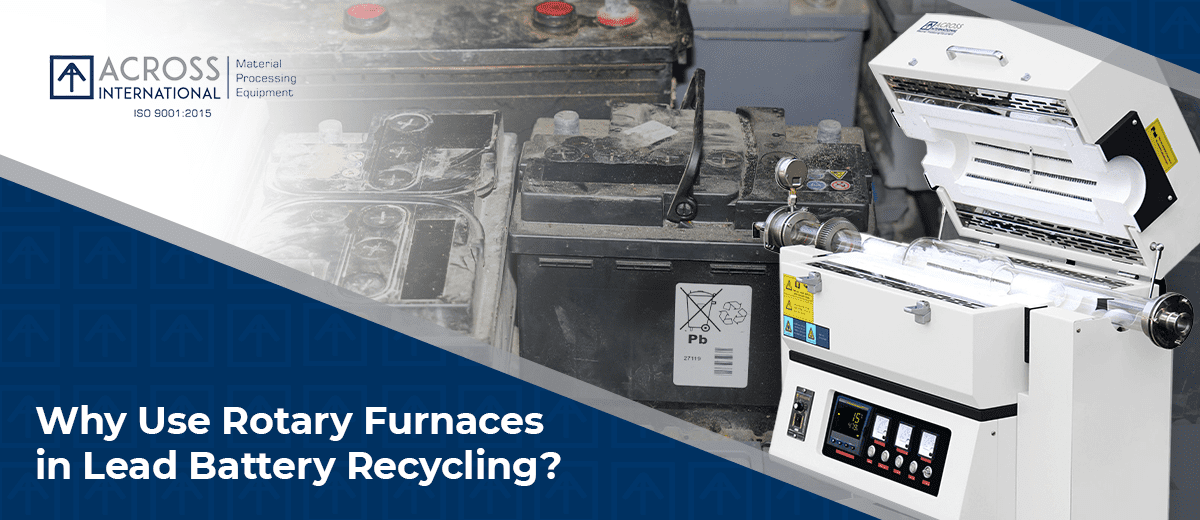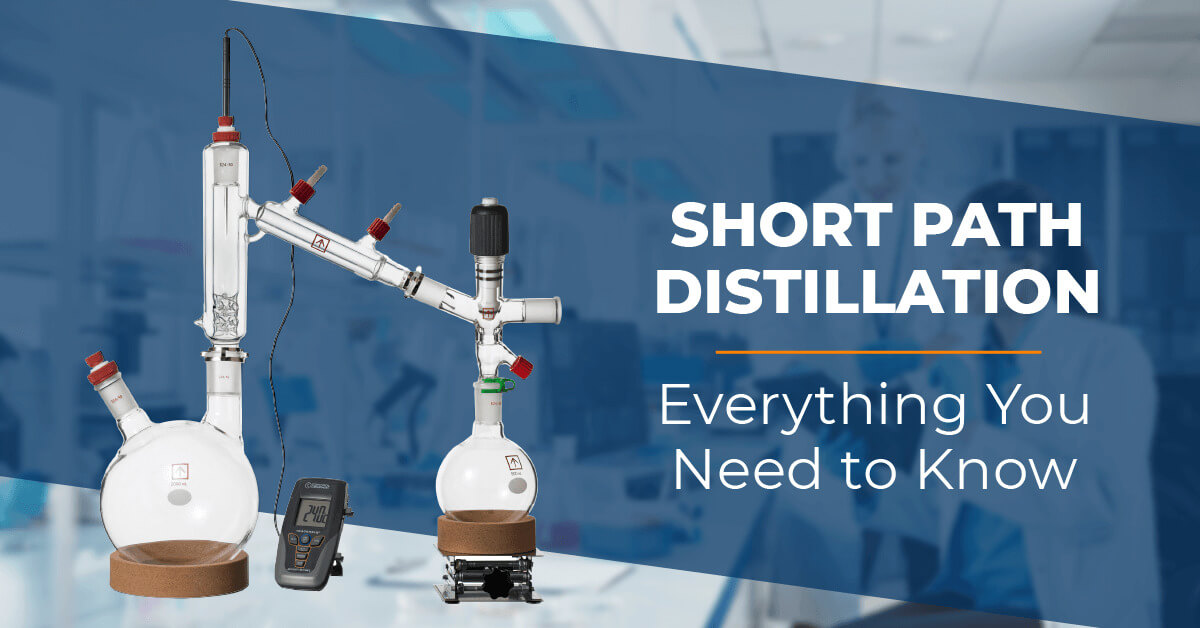We use cookies to make your experience better. To comply with the new e-Privacy directive, we need to ask for your consent to set the cookies. Learn more.
How to Choose right Recirculating Chiller size for your Lab
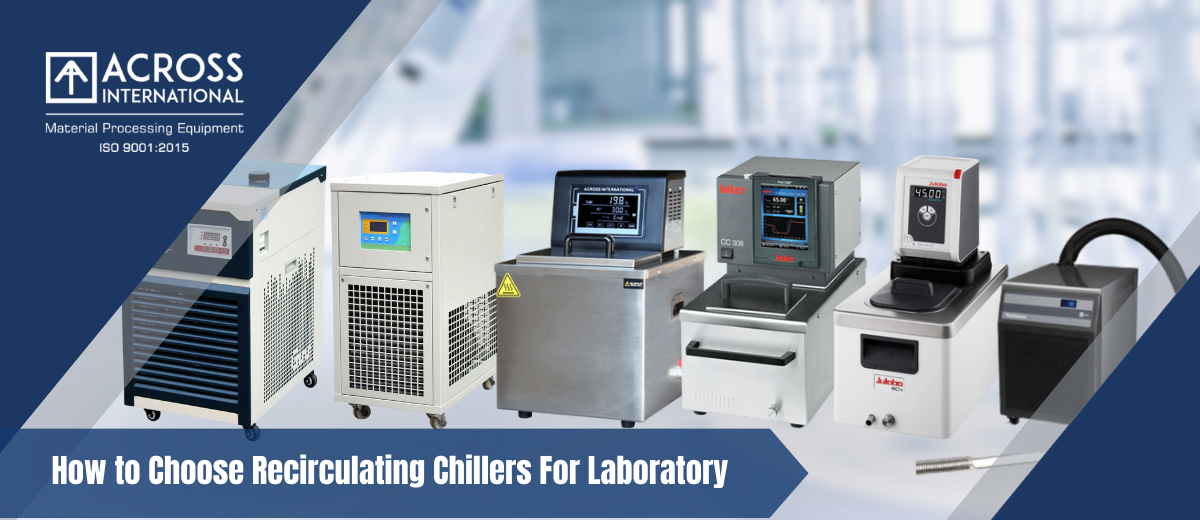
Temperature control in the lab has many uses, from everyday procedures to exacting control requirements to keeping equipment from overheating. Operating above or below room temperature requires a method of control that can be steadily maintained for prolonged periods. One of the most effective and cost-efficient ways to achieve this is a recirculating chiller.
Chillers have found a home in multiple fields, not just in the lab, with uses in industries such as welding equipment and machine tooling, air conditioning, and dehumidifiers, analytical equipment, or condensing vapors.
What Is a Recirculating Chiller?
A lab recirculating chiller is a highly efficient cooling system that delivers a flow of temperature-controlled fluid by recycling a refrigerant liquid within a closed loop. The main purpose of these devices is to eliminate mechanical and electrical heat. They follow the principle that the flow of heat into or out of an object determines its temperature.
Benefits of a Recirculating Chiller
* Reduced Waste: Many laboratories utilize a substantial amount of cool water to keep their samples cool. To meet this need, the labs often waste a large quantity of tap water. Fortunately, recirculating chillers offer a welcome solution. Because they consist of closed-loop systems that recycle refrigerant liquid, they help significantly reduce wasted resources.
* Optimum Efficiency: Recirculating chillers are among the most efficient cooling options for laboratories because of their use of closed-loop systems. Due to this, they’re ideal options for laboratory applications that require reliable and constant sources of coolant.
* Cost Savings: By reducing the amount of water needed to keep samples cool, recirculating chillers don’t just reduce waste. They also help laboratories save a considerable amount of money on resources.
What are lab chillers used for?
Lab chillers help maintain the accuracy of an experiment by eliminating a point of variation. Certain chemical reactions can only take place or may react differently at a set temperature. Not only that but they help to cut down on water waste by conditioning and recirculating the same water, saving tens of thousands of gallons. Lab chillers can be used to quickly drop a temperature or gently thaw a sample from deep freeze Depending on the degree of control you need, some applications are tolerant of a little variation so analog control can be enough. Applications where precise control within a degree is needed, then microprocessor control with feedback monitoring can provide info on not only your set point but the actual temperature and record the process for reporting.
How to Choose right Recirculating Chiller size for your Lab
Choosing the right size recirculating chiller for your lab is important to ensure that you have the cooling capacity you need without overpaying for a chiller that is too large. Here are a few things to consider when choosing the right size chiller:
* The volume of liquid you need to cool: The cooling capacity of a chiller is measured in watts. The higher the cooling capacity, the more heat the chiller can remove from a liquid. To determine the cooling capacity you need, multiply the volume of liquid you need to cool by the desired temperature change. For example, if you need to cool 1 liter of water from 25 degrees Celsius to 4 degrees Celsius, you will need a chiller with a cooling capacity of at least 200 watts.
* The temperature range you need: Chillers have a range of temperatures that they can maintain. Make sure to choose a chiller that can maintain the temperature range you need. For example, if you need to cool water to 4 degrees Celsius, you will need a chiller with a temperature range of at least 4 degrees Celsius.
* The features you need: Some chillers come with additional features, such as a built-in pump, a timer, or a programmable controller. Decide which features are important to you and choose a chiller that has them.
* Your budget: Lab recirculating chillers can range in price from a few hundred dollars to several thousand dollars. Set a budget before you start shopping and choose a chiller that fits your budget.
By considering the factors above, you can choose the right size recirculating chiller for your lab.
Here are some additional tips for choosing the right size chiller:
* Oversize the chiller slightly: It is better to have a chiller that is slightly oversized than one that is too small. A chiller that is too small will not be able to keep up with the heat load and the temperature of the liquid will rise.
* Consider the ambient temperature: The ambient temperature in your lab will affect the cooling capacity of the chiller. If your lab is in a hot environment, you will need a chiller with a higher cooling capacity.
Manufacturers of lab Recirculating chillers :
Over the years, we have seen many reliable manufacturers for laboratory chillers. Each of these companies consistently produces equipment that is durable and reliable. Across International provides solutions for applications ranging from laboratory scale to industrial scale.
This selection includes thermostats that can be attached to various vessels allowing users to customize their applications. As well as complete systems and immersion chillers. They even have process control systems capable of ranging from -125 to 425°C.
Across International is a leading manufacturer of temperature control devices, with over 25 years of experience. Our ISO 9001:2015 certified factories produced some of the most efficient and affordable temperature control solutions on the market. With temperature ranges from -80C up to 200C reciruulating chillers, and cooling powers as high as 12KW, Ai provides robust and reliable units along with world class customer support and service.
Polyscience Chillers covers applications from benchtop chillers to industrial chillers. High-capacity chillers are built for operation in high-temperature environments, with ambient conditions as high as 40°C/104°F. Their benchtop chiller models are ideal for uses like spectrophotometers and rotovaps.
Huber Industrial Chillers products ensure precise temperature control in laboratories, pilot plants and production processes. The product range offers solutions for all thermoregulation tasks from -125 to +425°C
Julabo recirculating chillers combine a continuous flow of temperature-controlled liquid with a high pressure to remove heat from equipment, materials, and components. Recirculating chillers also help automate various chemical and scientific workflows and processes.
We've carried different brands, combinations, and sizes of chiller equipment all through the years, and we're familiar with their technical details. Speak with Our Technical Team to get the perfect chiller for your laboratory.


